“I have a dream of a Pan-African airline alliance.”
Interview with Aaron Munetsi, CEO Airlines Association of Southern Africa.
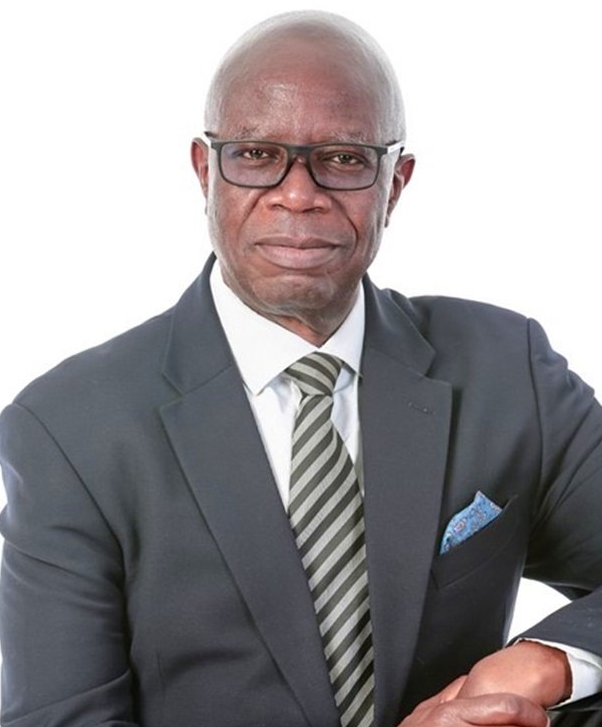
Aaron Munetsi, CEO
Airlines Association of Southern Africa
As the CEO of Airlines Association of Southern Africa, AASA, Aaron Munetsi is often at the forefront of all the challenges facing the member airlines throughout the region. A vehement proponent of the Single African Air Transport Market, SAATM, Aaron’s vision and aspirations are dedicated to connecting Africa and showcasing the best of the continent to the world.
In this interview along the sidelines of AirlinePros Regional Assembly, Zambia, Aaron talks about his passion for what he does, his belief in promoting intra-Africa travel, and championing initiatives that will eventually be the boon for aviation in Africa – all the while leading, and ensuring sustainability for its members in an ever-changing industry.
As the chief of AASA, you have been doing a splendid job. Your stated objective is to ‘find common ground to develop solutions facing airlines in SADC.’ Please share with us some achievements you consider key to aviation in the region.
The Airlines Association of Southern Africa is the voice of the airlines and as such our main focus is to provide all the support that we can possibly give to the airlines. AASA has been able to negotiate with service providers such as airports to keep the charges and taxes as low as possible. There have been instances where we have intervened on behalf of our airline members and managed to get regulations adapted to suit them. We have also pushed back on proposals for hefty hikes in tariffs which has resulted in airlines saving millions of dollars.
You are a great proponent of collaboration between airlines and you firmly believe that collaboration is a critical success factor in the airline industry. There were efforts to establish a pan-African alliance between Kenya Airways and South African Airways. What are the chances – or that of any other possible alliance?
I am very bullish about the prospects for a very successful pan-African airline collaboration. Think back to 41 years ago when 11 countries came together and through the Yaoundé Declaration they formed Air Afrique. They managed to operate a very successful African airlines alliance long before any alliances were formed. Air Afrique eventually collapsed due to various pressures and challenges, but not before demonstrating beyond any doubt that, with political will and support for commercial considerations, a pan-African airline could be successfully managed – and can still be in the future. As an association we are always supportive of initiatives that enhance the footprint of our airlines on the continent and beyond. We look forward to the realization of the pan-African Airlines Alliance for the benefit of all airlines and for the aviation industry.
SAATM, Single African Air Transport Market, will create a single unified air transport market, and ensure aviation plays a major role in connecting Africa. What can the AASA do to further this glorious ambition?
AASA is already heavily involved in the programs of SAATM. We are an integral part of the AFCAC (African Civil Aviation Commission) led project team that is responsible for the implementation of SAATM through the Pilot Implementation Project (PIP). We have been actively involved and participated in the roll out in Namibia, Angola and in Mozambique. Our role is to ensure that the interests of airlines always remain center and forward. We are very specific in our demands that the playing field be level in as far as regulatory frameworks are concerned. That means the issuance of FOPs (Foreign Operator Permits) must be standardized such that all airlines are treated equally. In recognition of the excellent work done by the South African Civil Aviation Authority, we are advocating that other Civil Aviation Authorities should be in collaboration with them so that standards are maintained and or improved across the entire SADC region for the benefit of passengers and our airlines for whom safety is non-negotiable.
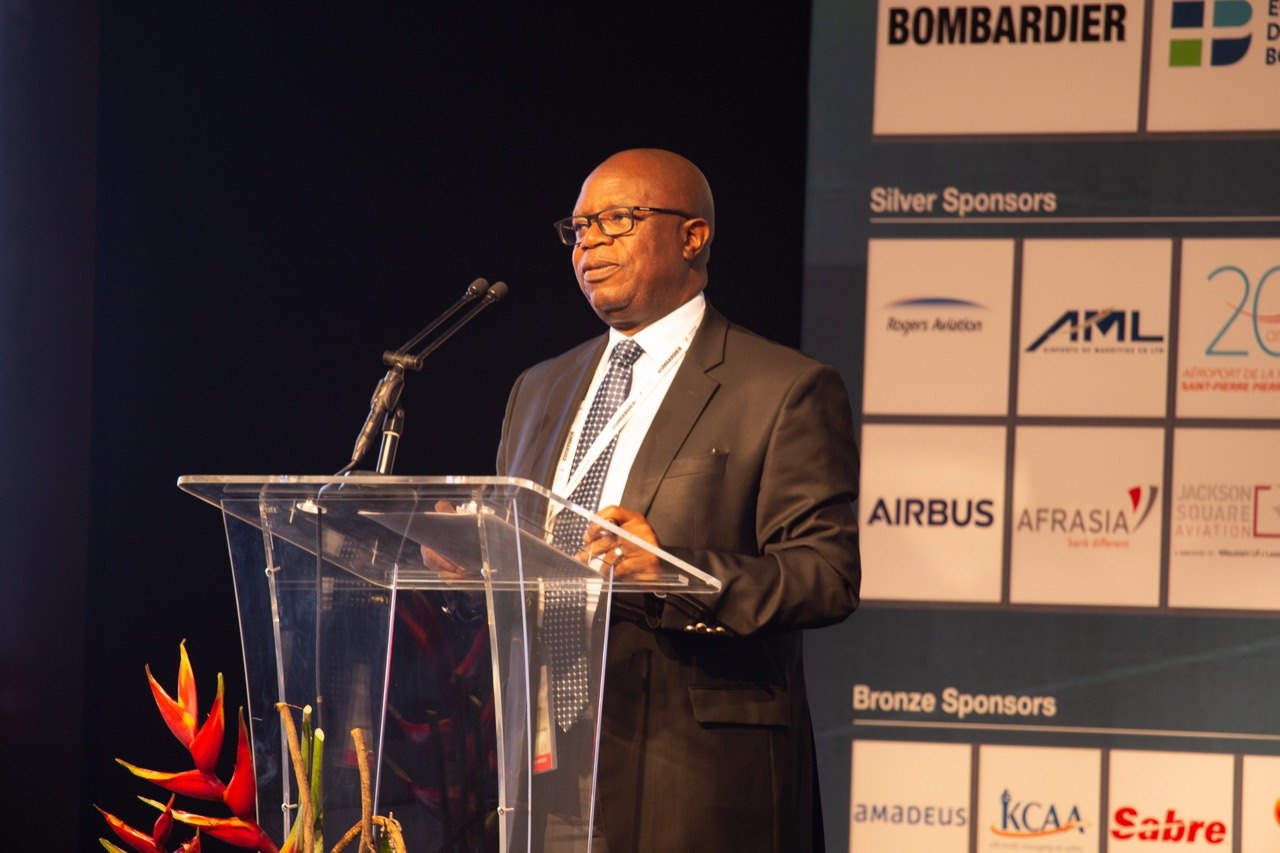
The IATA has stressed that the economic and social benefits of aviation in the continent can be maximized with a focus on keeping costs low, monitoring cost-effectiveness of regulations, providing sufficient capacity to grow, and achieving net zero carbon emissions by 2050. What is the AASA position on this?
As mentioned above, cost containment is one of our key focus areas where we have been able to intervene on behalf of our airline members. Where we believe that there is low hanging fruit is the increase in capacity through the granting of traffic rights to more African airlines to serve the underserved routes. There are instances where AASA has intervened on behalf of our member airlines to ensure that their applications for traffic rights and or change of gauge to offer bigger capacity and more frequencies are expedited and approved without delays. We closely monitor applications for traffic rights from Third, Fourth and even Fifth Freedoms so that our airlines are not prejudiced against.
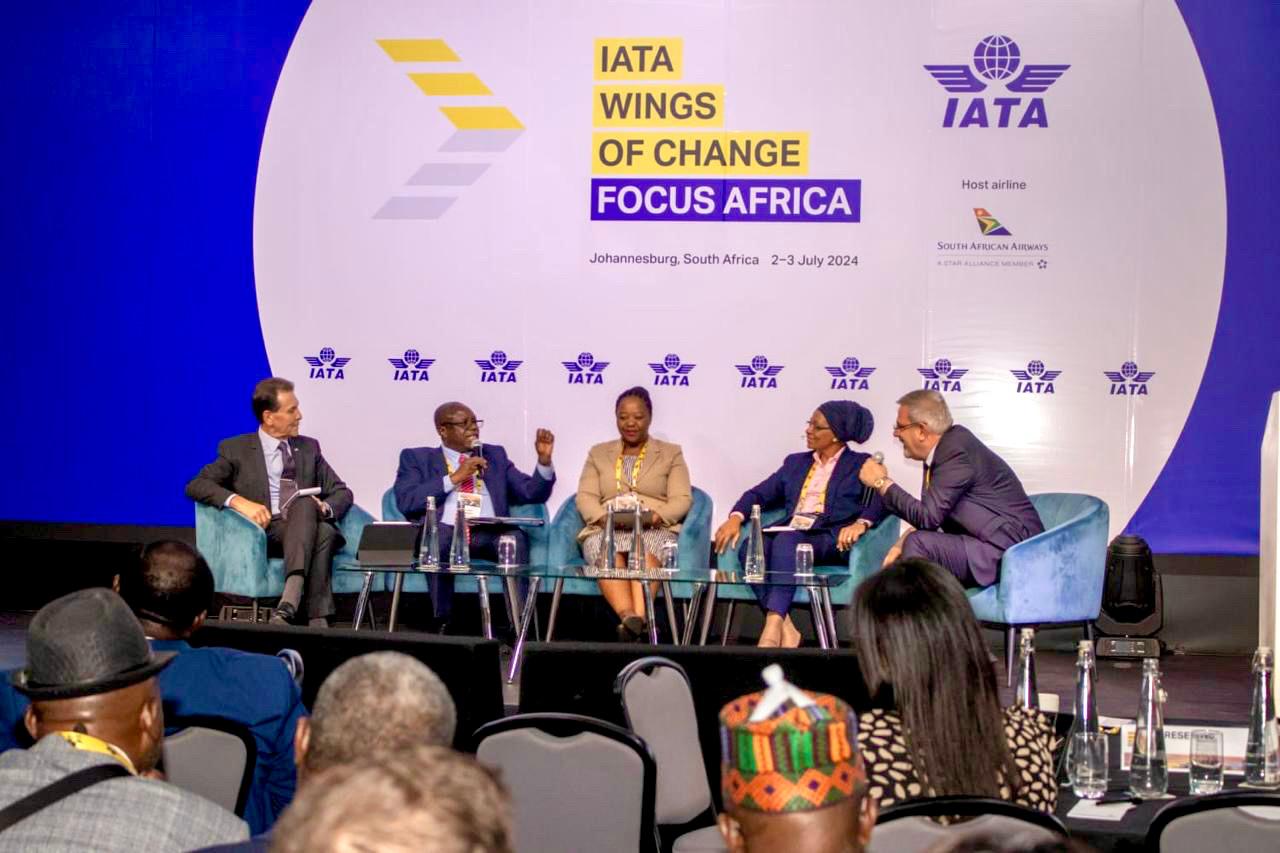
As far as the Net Zero carbon emissions target of 2050 is concerned we are fully in support of the commitments made by our states at the ICAO 2019 summit. Our airlines, by virtue of their being members of IATA also made commitments to the Net Zero 2050 target. Our approach is to continue to provide guidance through our strategic partnerships with the likes of IATA in our IATA Focus Africa community where we are joined by the African Airlines Association and the African Civil Aviation Commission. Under the CORSIA program of ICAO we are constantly providing updates and assistance to our members through appropriate training which we provide with the collaboration of some of our associate members.
About many low-cost carriers ceasing operations in Africa, you maintained ‘Like other LCCs elsewhere in the world, here too some will succeed, some will not. Perseverance is key.’ A little more pointedly, could it be because there is not enough traffic for efficiencies to make the model work here?
Low-cost carriers have a unique role to play on the continent in that there are some city pair or routes that need stimulation in the initial stages so that after a specific period of time there may be an opportunity for the same routes to become part of the bigger network of destinations. And the LCCs will continue to operate on such routes as long as their operating models apply. What one would caution is that there might be very little, if any, differentiation between primary and secondary gateways. That means the operating costs at secondary gateways are the same as the operating costs at primary gateways, resulting in no cost difference. That makes the concept of low cost redundant because it is the low cost to the airline that enables them to provide low-cost services to their passengers.
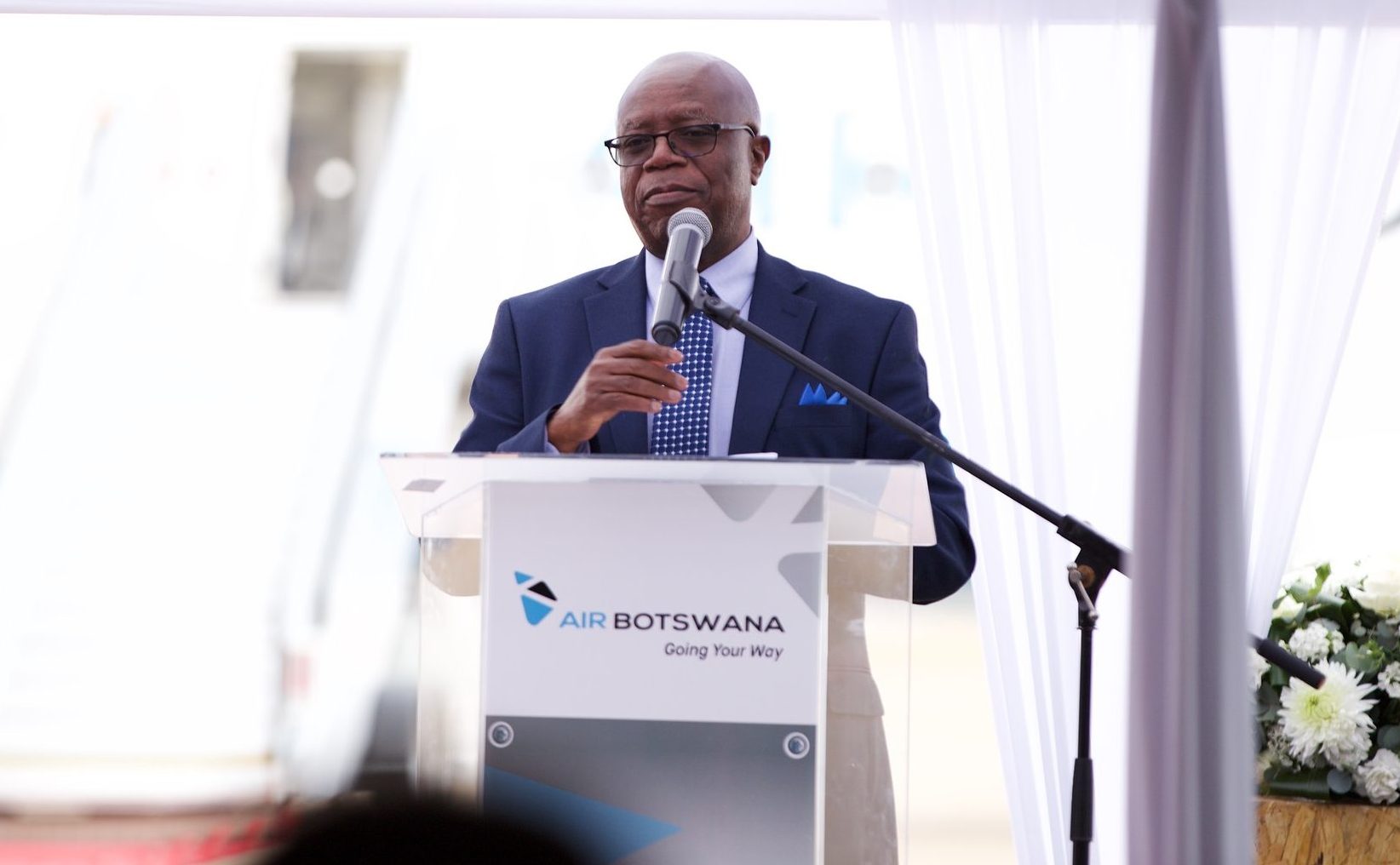
Which brings one to the reality of some of the route networks on the continent in general where the traffic levels do not support airline operations unless there is a reduction in operating costs or the state steps in and provides support to the airline because the state considers the route as a Public Service Obligation (PSO). However, with the ever improving economies of operation of aircraft thanks to the operating efficiencies if the aircraft, the opportunities for low cost operations are increasing. And as has been proven elsewhere, the more focused the low-cost operations become the more traffic they stimulate and the more responsive and supportive does the market become of these routes.
The aviation potential of Africa is huge, making development of a skilled workforce to match its growth potential important. What is the role played by AASA in skilling the youth of Africa to realize this potential? In job creation?
AASA is actively involved in the development of appropriate aviation skills by ensuring that the current workforce is provided with the necessary skills updates on an ongoing basis through our partnership with some of our associate members. We have managed the Business Solutions by AASA project where we partnered with our associate members, HITIT, Hahnair, and AerCap who provided subject matter experts for the Network Planning, Revenue Management, as well as Aircraft Acquisition and Route Development sessions. AT entry level we work with the Wonders of Aviation Foundation which takes aviation to the previously disadvantaged communities by providing learners with the basic information and career guidance to enable them to choose aviation as a career. We would like to do more by ensuring that that there is adequate funding for these learners who are interested in aviation so that they are able to pursue their dreams without the constraints of inadequate funding.
Domestic air travel in Africa has become more expensive over the past years, which is largely attributed to an increase in jet fuel prices. The airlines, however, find it difficult to increase the prices in a linear fashion as they are set by the market. In this scenario, how can the AASA step in to increase profitability of the airline?
A bit of perspective helps with understanding the African aviation landscape. Not all countries on the continent have access to the sea and as such their jet fuel is trucked to their airports which increases the cost of jet fuel. Over and above that aspect is the bigger consideration of the fact that there are no functional oil refineries on the continent, except the recently commissioned Dangote refinery in Nigeria. As a result, almost all our Jet A1 fuel is imported and this brings significant cost elements into the equation. When we talk about domestic market we might as well talk about the entire market because some flying distances are the same for both domestic and cross-border regional flights. This is where AASA comes to the fore and engages with the authorities so that we plead the case for our airlines whose costs are increased by the lack of local supply of Jet A1. Indeed, airlines can only bear so much of the costs on behalf of the passengers after which they have to pass on part of the costs to the passengers after a certain threshold has been reached. I don’t think we are very different from most markets in that regard, airlines are businesses and as such they can only bear so much of the cost before they pass on the remainder of the costs to the passengers.

People look forward to sessions moderated by you in aviation conferences – filed with energy, audience participation, and key takeaways. What was the best moment in your moderator-avatar you remember most?
Thank you for the compliments, I am humbled beyond words. I recall a particular session where I was moderating a session for travel and tourism in Kinshasa, in the DRC, and I started by introducing the audience to the concept of “know yourselves” by asking them what I considered to be general questions about Africa. As I proceed after engaging the audience, one of the Ministers in attendance insisted that I must continue giving the “lecture” because not only was the audience learning but his officials were also learning from me! I was really touched. Recently I made a presentation at an international event and I was approached by one of the most senior aviation journalists who I look up to and she couldn’t stop congratulating me for such a “powerful and impactful” presentation from which she had learnt a lot! At the recently concluded AirlinePros Annual Regional Assembly in Lusaka I made a presentation and moderated a panel after which I was humbled by the number of participants who lined up to talk to me either asking for my presentation or asking if I could mentor them.
Such moments encourage me to keep improving in whatever way that I can.
Do you set yourself – and AASA – targets? If so, what do you hope to accomplish the next two years?
I report to the Board and Executive Committee of AASA, and they set my KPIs. I play an important role in setting the KPIs which become my targets and by extension they become the AASA targets. Central to everything we do at AASA are the interests of our members. Hence our targets are set in recognition of the requirements of our airlines. For the next year or so we will be focusing on the following:
- Cost containment: There is never a situation where we cannot reduce or at the very least contain costs.
- Negotiate for an enabling environment: Regulations are forever changing and often at times we are able to plead our case to the regulators and/or authorities for the benefit of our members.
- Harmonization of standards: This will enable our members to utilize the talent pool of skilled employees that we have in our region without having to bear the costs of recertification and or compliance testing and accreditation across borders for the same technical skills.
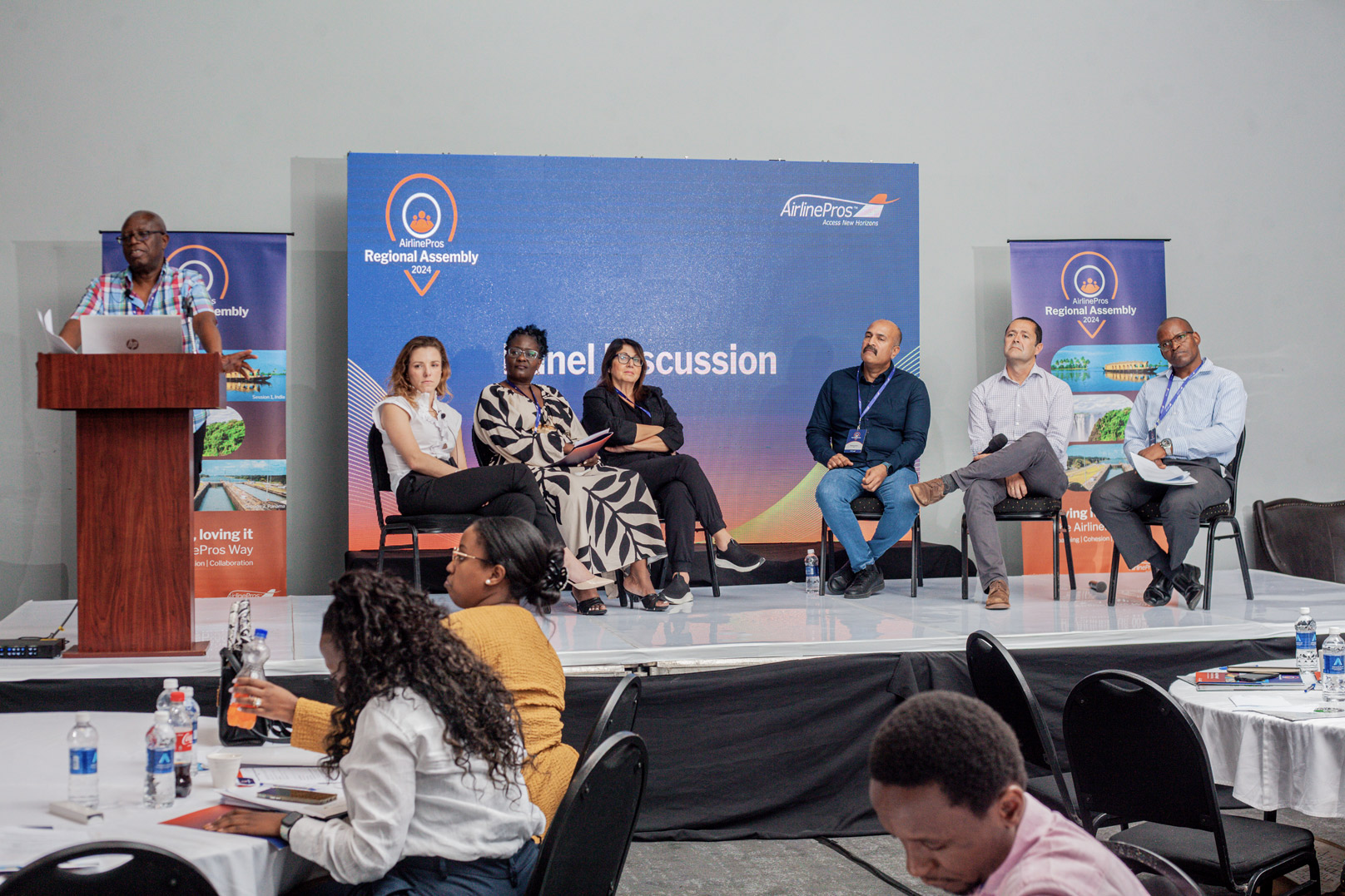
You live out of a suitcase, spending more time traveling than at home. Tell us a bit about your family – how do they cope with your absences? Do they see you as a messiah of sorts?
I have a very loving and supportive wife, Anita, otherwise I would never be able to do the work that I do at such a level of intensity. I have 5 children, three girls and two boys. They are all grown up and they live their own lives, but they always check on us and especially to make sure that I am not neglecting my health. Messiah? No way! To them I am an ordinary man who happens to be their dad. If they have any other view of me, they keep it as a very well-guarded secret because they never share that with me!
AirlinePros has been one of the associate members of AASA for some years now. Tell us how you think together we can make a difference to aviation in SADC and Africa in general.
We are proud to have AirlinePros as one of our 38 associate members. The strategic fit of AirlinePros within AASA is very important in that they are focused on working with our members to grow their networks profitably. That is music to our ears because our focus is to assist our member airlines to become more successful and to develop the intra-region and intra-continental networks. I believe that with the vast network that AirlinePros has on the continent we are complementary in supporting our airlines.
